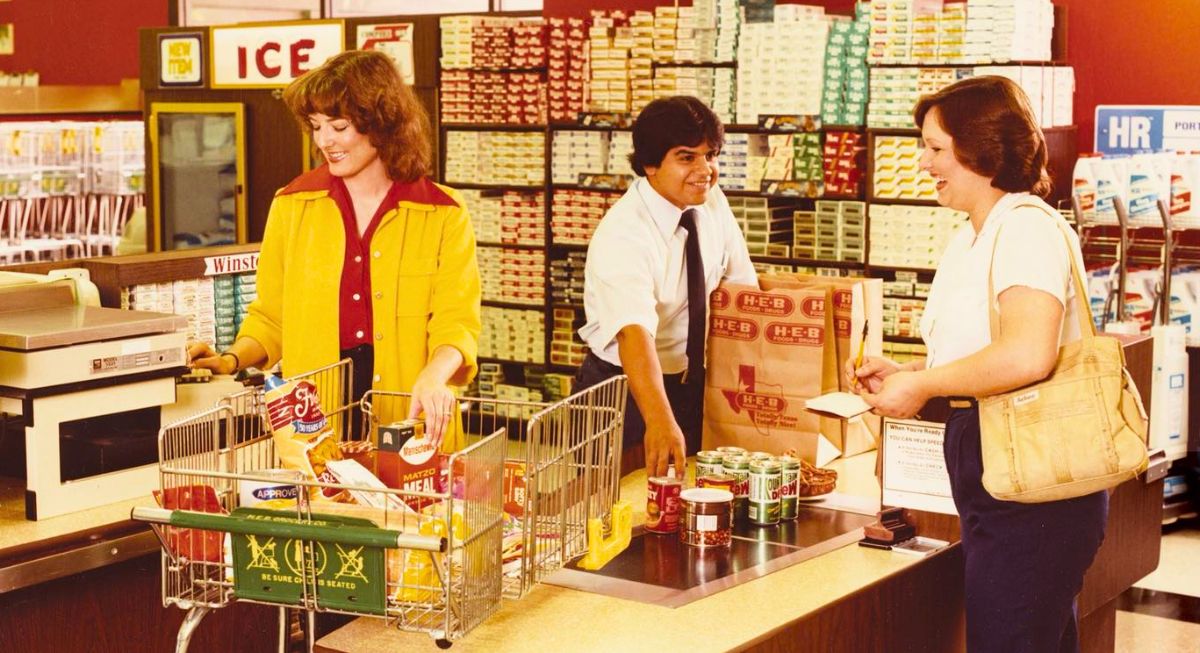Can you believe there was a time when the median home price in the United States was just $47,200, college tuition averaged $2,474 per year, and the minimum wage stood at $3.10 per hour? This was the reality in 1980. Fast-forward to today, inflation, corporate greed, technological advancements, and shifting economic policies have made everything expensive. Even basic life essentials that we took for granted are now luxury items that require side hustles and careful budgeting for affordability.
Ready to learn more? This list highlights some things that were totally normal in the 1980s but have become impossible to achieve today.
Owning a Home Without Crippling Debt

Credit: pexels
Buying a house these days is a financial nightmare. During the 80s, many families could afford a house on a single income with reasonable mortgage rates. Now? Millennials and Gen Z are drowning in rent and are unable to afford a home without taking on massive debt—and that’s if they can even qualify for a mortgage.
Real Wood Furniture Instead of Disposable Junk
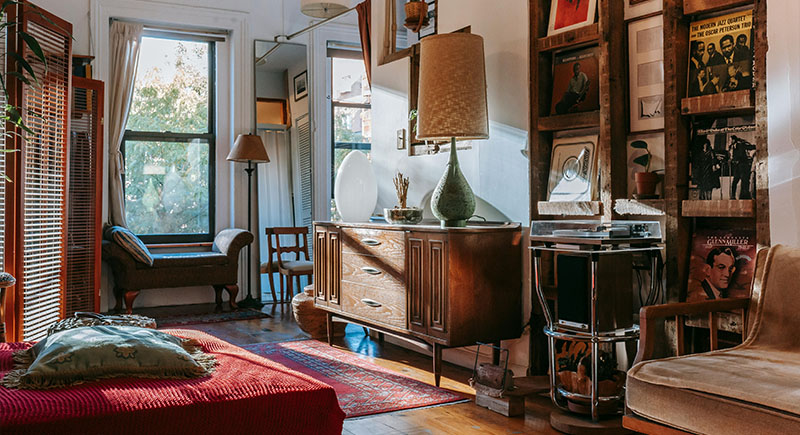
Credit: pexels
Real wood furniture was the norm in the 80s. It was heavy, durable, and meant to last a lifetime. These days, it’s just the cheaper alternatives like particle board or laminate. High-quality wooden furniture still exists, but you’re stuck with a pressboard that warps the second it touches moisture unless you’re willing to drop thousands of dollars.
Shopping at a Local Butcher Instead of Big-Box Stores

Credit: pexels
In the ‘80s, getting meat from a local butcher shop was just part of grocery shopping. You got fresh cuts of meat, personal recommendations, and better quality. With time, most small butchers have gone, and we’re forced to opt for pre-packaged and mass-produced meats at supermarkets instead. For grass-fed, organic, or specialty cuts, you’re paying a premium or driving across town.
Fresh Produce Without the Premium Price Tag

Credit: pexels
Eating fresh, healthy food shouldn’t be a luxury, but in today’s world, it often is. In the ‘80s, produce was reasonably priced, widely available, and not covered in ridiculous marketing claims. Now? Fresh fruits and vegetables cost a fortune.
Employer-Sponsored Pensions

Credit: pexels
Back in the day, many companies offered pensions and provided a steady retirement income. Workers could retire comfortably after decades of loyalty. Pensions these days are nearly extinct or replaced by 401(k) plans that put all the risk on employees. If you’re not saving aggressively or investing wisely, you’re looking at working well into your 70s just to survive.
Affordable Healthcare That Didn’t Ruin Your Finances

Credit: pexels
Affordable healthcare these days sounds like a dream, and it doesn’t involve drowning in medical debt. But back in the day, going to the doctor wasn’t a luxury only for the people who could afford it. Insurance was simpler, deductibles were lower, and prescriptions were more affordable.
Actually Being Off the Clock After Work

Credit: pexels
Nearly one in three U.S. workers now clock over 45 hours a week, an 8% increase compared to a decade ago. And if you compare it with the 1980s? Mind-blown! During that time, when you left work, you actually left work. There were no emails, Slack messages, or work calls at dinner. Now? Thanks to smartphones and remote work, people are always on the clock.
Concert Tickets That Didn’t Cost a Mortgage Payment

Credit: pexels
Concerts in the 80s weren’t entertainment only for the rich. The tickets were affordable and offered the same night out fun for people. In fact, you could see a major band for under $20. The way pricing has changed today is unacceptable. Ticketmaster, dynamic pricing, and fees on top fees have made concert prices ridiculously high.
High-Quality Clothing Instead of Fast Fashion

Credit: pexels
People from the 80s era were always so well-dressed, especially when it came to the quality of fabric. During that time, clothes were made to last. Thick denim, strong cotton, and durable shoes were standard. With time, fast fashion became the norm, with cheap materials that shrink, tear, or fade after a few washes.
Going Out Without Breaking the Bank
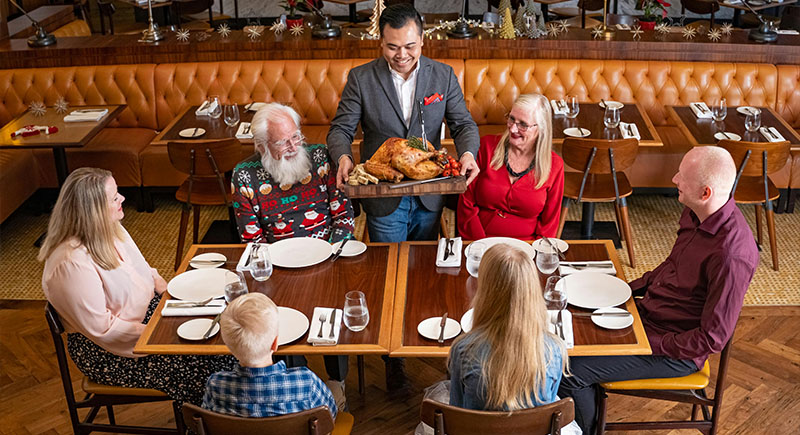
Credit: pexels
It was possible to plan a day out with family, have fun, and even enjoy a good meal without worrying about a massive financial hit. And even though there are many more options today, going out for food or entertainment isn’t a normal or affordable activity.
Taking a Family Vacation Without Going into Debt

Credit: pexels
Once upon a time, vacations were considered an annual tradition and not a once-in-a-decade luxury. Travel costs were reasonable, and middle-class families could afford to take a break. But the surge in inflation has also made flights, hotels, and even basic theme park tickets outrageously expensive.
Unstructured Outdoor Play for Children

Credit: pexels
Kids in the ‘80s spent hours playing outside unsupervised, riding bikes, and climbing trees until streetlights came on. This built independence and social skills, but today, safety concerns, screen time, and packed schedules have made free outdoor play a rare luxury.
Utility Bills That Didn’t Cost a Fortune

Credit: pexels
Bills in the ‘80s didn’t cost a fortune, and keeping the lights on, running the AC, and paying for water weren’t massive financial stressors. However, paying for these essential services these days is far from cheap. Electricity, gas, and water costs have skyrocketed, and many continue to struggle to afford basic necessities.
Free or Low-Cost College Education

Credit: pexels
A part-time job was all people needed during the 80s to cover tuition at many public colleges. Student loan debt was manageable. And some states even offered free tuition at public universities. But today, the cost of higher education is crushing students under mountains of debt. What was once a pathway to opportunity is now a financial burden for life.
Free Public Pools and Community Recreation Centers
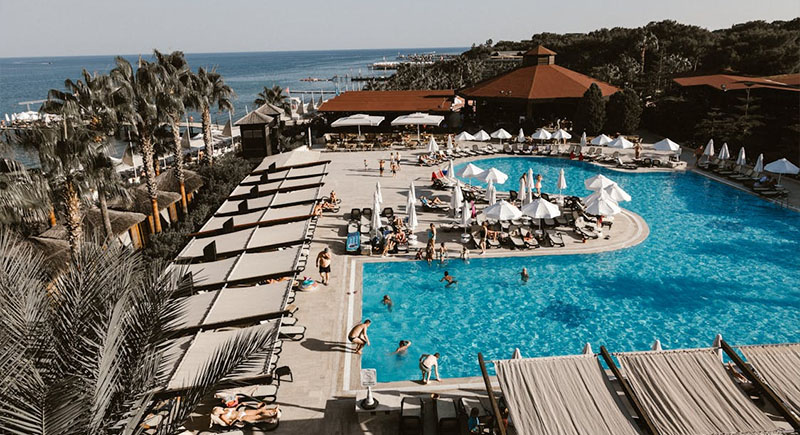
Credit: pexels
Summer several decades ago meant heading to the public pool without a second thought. Community pools, rec centers, and even sports leagues were free or low-cost. This was an opportunity for families to have fun and stay active. Now? Many public pools have shut down, and private fitness clubs charge steep monthly fees.
A Family Vacation To Disney On A Budget

Credit: Facebook
Once upon a time, a family trip to Disney didn't require taking out a second mortgage. You could pack the kids into the station wagon, grab some reasonably priced park tickets, and maybe even stay at a motel overnight without selling a kidney. Fast-forward to today, and a "budget" Disney trip means standing for hours in the heat with a $7 bottle of water, debating if you really need both kidneys because even the off-site hotels are charging a small fortune.
Buying A Car With Cash

Credit: Getty Images
In the 1980s, buying a car with cash was a realistic option for individuals and families. You could save up, walk into a dealership, and drive off without a decade of monthly payments. These days, unless you've got a suitcase full of cash or a lottery win, financing is practically mandatory. Even used cars cost as much as a house once did, and dealerships push loans like they're doing you a favor—when, really, they're just locking you into years of interest.
Affording a One-Income Household

Credit: iStockphoto
In the 1980s, many families could comfortably live off a single income, thanks to stable wages and affordable living costs. Dads could provide for the household while Mom stayed home. Today, however, both partners often need to work full-time just to make ends meet, with skyrocketing housing and childcare costs making it more challenging than ever to get by.
Living Without Subscriptions for Everything
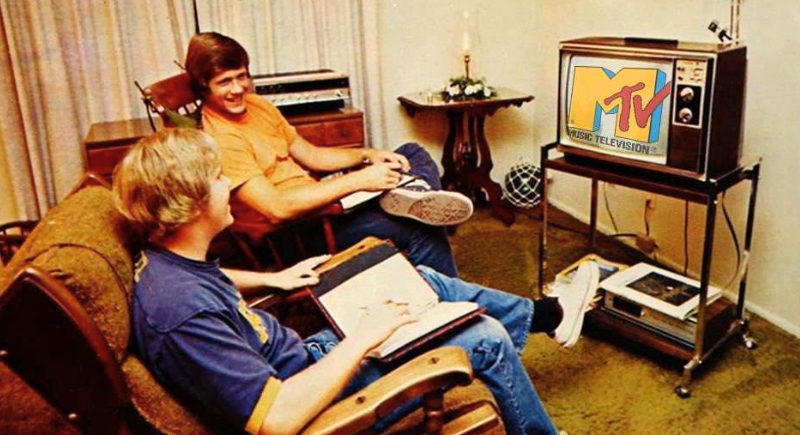
Credit: Reddit
It might shock the present generation, but in the 1980s, you didn’t need a subscription to every service just to get by. Cable TV was a one-time payment for the basics, and buying movies or music was easy. Today, however, everything from entertainment to fitness requires multiple monthly subscriptions, draining your bank account to access what was once readily available.

